
Review: Alcons Audio LR14 Line Array
Alcons’ ribbon transducer-based line arrays are infiltrating the theatre market with considerable success. AV finds out what all the fuss is about.
Text:/ Christopher Holder
Ribbon transducers are perfect for line arrays. Even R&D teams not using them begrudgingly agree that ribbons are, technically speaking, the most natural candidates for turning your line array into a ‘line source’.
‘Line source’ is the tap-your-nose, those-in-the-know buzz term used to describe a line array that acts as a true line array throughout its entire frequency range. Anyone with a bit of know-how can put woofers and midrange drivers into a cabinet in such a way that they couple (act as one larger driver). For coupling to occur you need the drivers to be spaced half a wavelength apart of the highest frequency they’re reproducing. Like I say, that’s easy enough for low and mid frequencies, where the wavelengths are relatively long. But for high frequencies it’s a physical impossibility when you’re using conventional tweeters – you simply can’t jam them close enough together. This is why (line source progenitors) L-Acoustics’ hush-hush axehead-shaped waveguide was such a big deal when V-DOSC was released. The unique geometry of the V-DOSC horn allowed all the sound of the tweeter to emerge as one phase-coherent cylindrical wavefront. Bingo, if you can achieve this you’ve met the ‘line source’ criterion.
Ever since V-DOSC was unleashed, other manufacturers have tried to pull off something similar with their HF section. And, if you look at many line arrays, you’ll notice how the centre comprises a high frequency strip – either a column of tweeters or the exit slot of some sort of horn. In other words, it looks a lot like a ribbon driver.
So, regardless of any of a ribbon transducer’s other properties, its ability to be stacked and naturally produce a cylindrical (cheese wedge-shaped) wavefront (thus completing the line source picture) is pretty compelling and potentially saves R&D departments years buried inside CAD programs, wind tunnels and patent attorney waiting rooms.
But how do ribbons shape up in other respects? Thanks to their low weight, ribbons are known for a fast transient response – they paint a very accurate sonic picture. Along the same lines, ribbons feature extremely low distortion (around one-tenth of the distortion you’ll get from most compression or dome drivers). Ribbons are also well known for their flat frequency response characteristics.
These are all good things, I’m sure you’d agree. So why doesn’t every manufacturer use ribbon transducers? Power handling is one issue – traditionally, ribbons simply couldn’t chuck out enough sound. And, traditionally they’re also fragile, which isn’t a good look when you’re on the road. Other issues include low efficiency and low impedance (more voltage is required to drive ribbons).
DUTCH TREAT
The first real encounter I had with Alcons Audio was at last year’s Integrate exhibition in Sydney. Alcons boss, Tom Back, was there along with Australian importer, Loud & Clear’s David Betteridge. Tom Back is Dutch and has a Dutch matter-of-factness that gels well with Aussie sensibilities. There’s none of the ‘unsurpassed, totally unique, yadda yadda’ marketing doubletalk out of Alcons and Tom, which is cool, because it helps you believe what does come out his mouth.
Tom started Alcons in 2002, and by basing the PA designs on a new ribbon transducer technology, Alcons is self-evidently taking a road less travelled. All the speakers, amps and processors are developed and manufactured in-house.
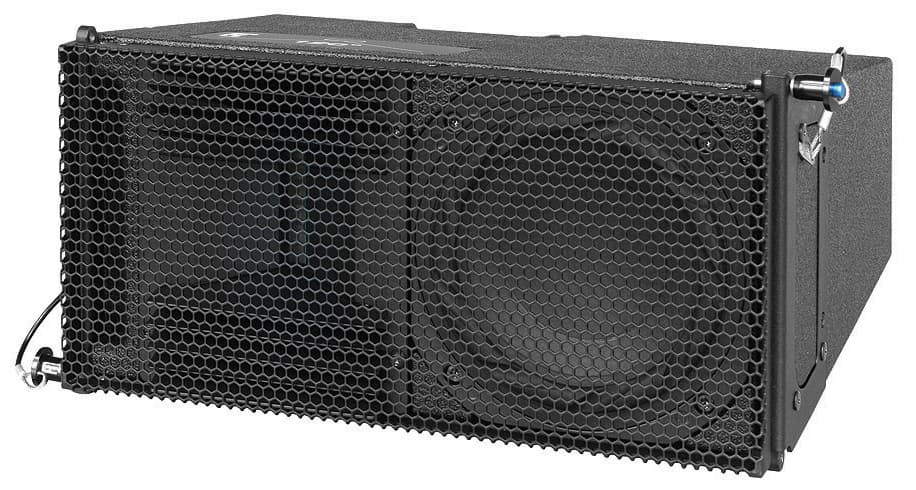
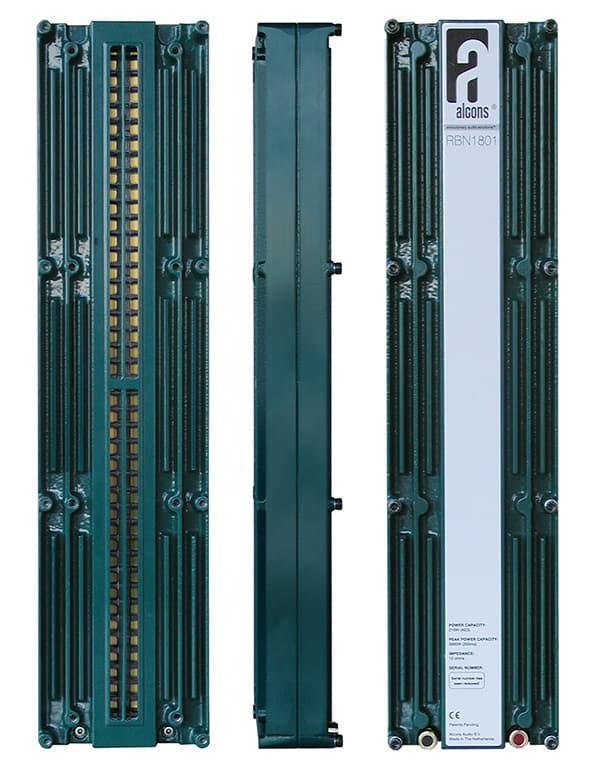
THEATRE TIME
My next close encounter with Alcons was at the Playhouse at Canberra Theatre. The Playhouse is typical of many theatres around the country in that the output is extremely varied: from Bell Shakespeare, to rock/pop concerts, to school musicals, to a grand piano recital with a microphone. An Alcons LCR system had been recently installed in this venue so I thought I’d drop by for a look and (more importantly) a listen. The system comprises eight of the smaller LR14 line array modules above the proscenium. Each LR14 packs two 6.5-inch low/mids and a four-inch ribbon transducer. There are three LR14Bs, which are the double 12-inch subs that are arrayed above the centre-hung LR14s. Alcons VR12s (a passive box with a single 12-inch driver and a six-inch ribbon) make up the left and right hangs.
Alcons has made some significant inroads into the theatre market. For example, it’s no secret that the Sydney Theatre Company turns to an Alcons line array every time it has an amplified event. The Pro Ribbon transducers’ flat frequency response is especially good for lavalier mics, which are notorious for revealing any peaks in a sound system’s response, as you generally have to push them quite hard. The result is a very natural voice reproduction, without any whacky carving out of frequencies on the console or graphic EQs.
I won’t pretend to have a profound appreciation of what the Alcons line array is capable of after an hour or two in the Playhouse Theatre, but a few things were obvious. Listening to the LR14 array is a different experience. There’s an easy, relaxed nature to the sound. I’m not saying they’re not loud when they need to be, I just think the nimbleness of the Pro Ribbon drivers, their ability to handle peaks without compression, and the evenness of the horizontal dispersion [see The Ribbon Effect box item] means there’s a greater overall comfort to the sound quality. To be more clichéd, I guess I’m saying the LR14 sounds more ‘hi-fi’. The theatre’s Audio Manager, Gregor Murray, had a similar thing to say when describing his shootout experiences: “To my ears, Alcons seem to have a finesse that most of the other boxes didn’t have, particularly in the HF region. And to put on a DPA bud mic and close your eyes… are you hearing that person or are you hearing the boxes? And that’s what it came down to; the Alcons PA simply melted away.”
FULL MONTY
There’s no getting around the fact that Alcons is currently a minnow in the global PA market. But there’s also no doubt that it’s onto something. It’d be a mistake to pigeonhole Alcons as a theatre specialist. There are a good number of rental companies in Europe and elsewhere that have thrown their lot in with Alcons. And for the Dutch company’s part, it’s designed all the rigging widgets/scrodgets required to keep its gear out on the road and quickly in the air when required.
Alcons also has its own brand of Class-G, big-arse toroidal amps. I’m not sure why I find this so reassuring, but I do. If it’s an install that we’re talking about, then it means Alcons can match the amps precisely to your needs with the right I/O and DSP cards. But it also means Alcons cares, and it’s searched long and hard for the right amp design to match the fairly unusual demands of its ribbon transducers.
Moreover, for a fledgling manufacturer, the range is broad enough to assemble an Alcons inventory that will cater to just about any job. Anything from a pole-mounted mini array on a sub, to a genuine belter for a big live event.
Alcons is a class act, with a very classy sounding PA.
THE RIBBON EFFECT
As an out-and-out ribbon specialist, Alcons’ medium-to-large PA products are all based on its RBN Series ‘pro ribbon’ drivers. Leading the charge is the monster RBN1801 18-inch ribbon, which offers more power handling, pretty darn good efficiency (108dB – 1kHz @1m), an operating range of 1kHz – 20kHz (±3dB), and a hefty maximum SPL of 145dB. The RMS power handling of the RBN1801 is a creditable 210W. But unlike a compression driver where peak handling would be around double that figure, a ribbon driver’s characteristics are very different. In the case of the 1801 the peak handling is a whopping 3000W. As you can imagine, this makes for a very different performance when reproducing live music, especially music with a big dynamic range such as orchestral.
As for how robust these drivers are? Alcons has been around long enough and has enough of its gear in the market to have that box ticked.
There are a bunch of other RBN Series pro-ribbon transducers with a variety of waveguides ranging from 90°x40° through to 120°x3° pattern.
CONTACT
Loud & Clear Audio
Phone: (02) 9439 9723
Email: [email protected]
www.loudandclear.com.au or
www.alconsaudio.com

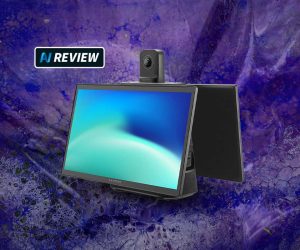
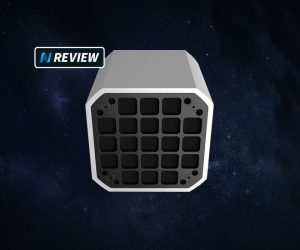
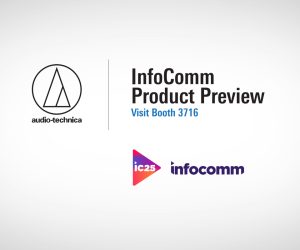
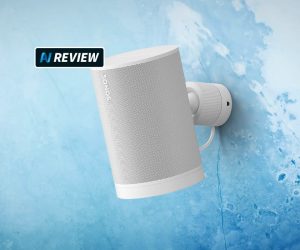
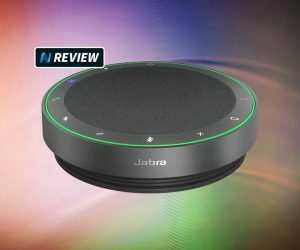
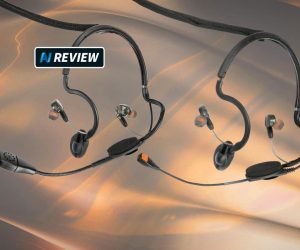
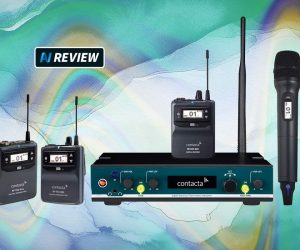
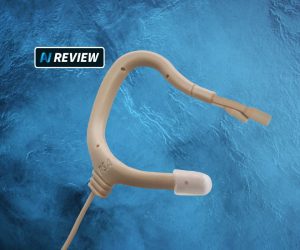
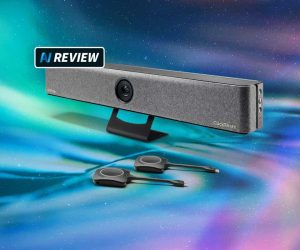
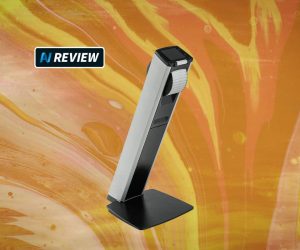
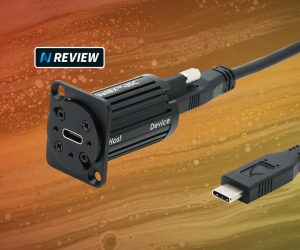
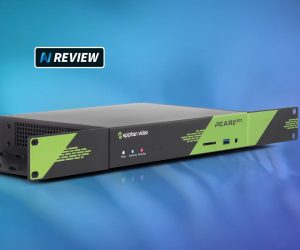


RESPONSES